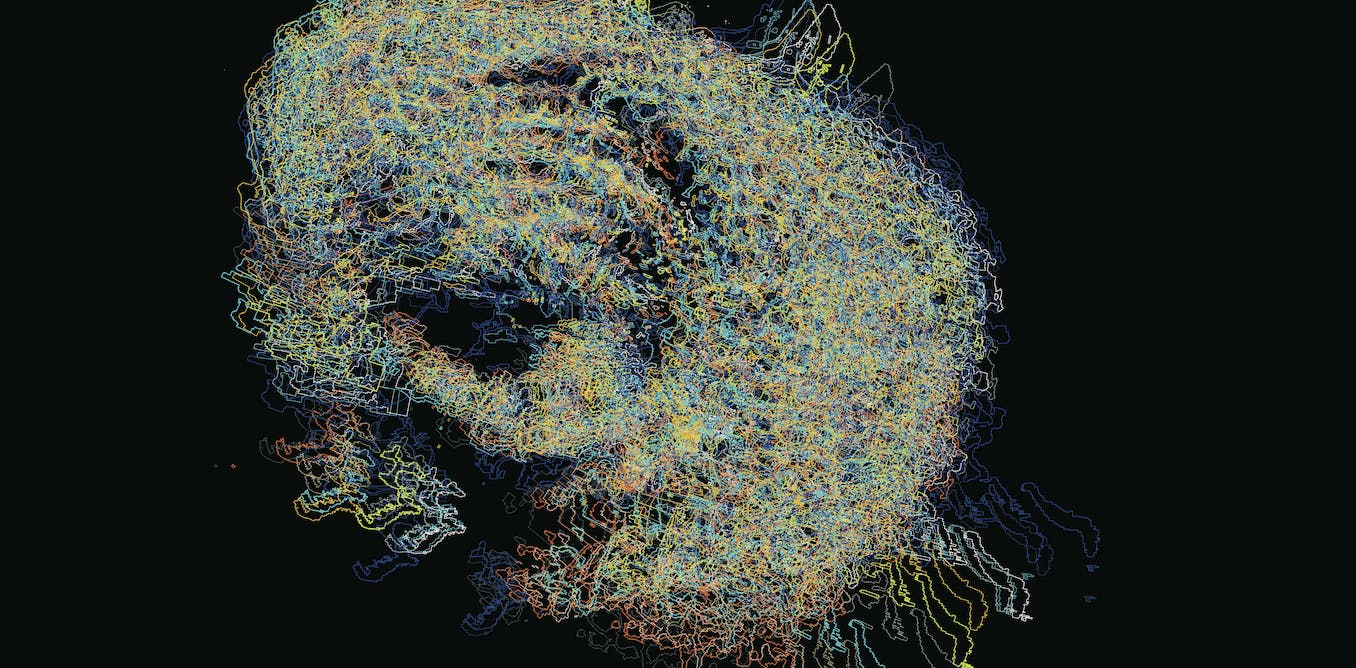To explain why content creators continue to lose at the hands of distributors and platforms, it’s helpful to understand the three mutually reinforcing networks that characterize most tech platforms.
A successful tech content aggregation platform has three networks: content creators, users and advertisers. Many networks have so-called positive externalities, which effectively mean that growth builds more growth and usability. A telephone network that allowed you to call only half your friends would be far less than half as valuable as one that allowed you to call all your friends.
The network effects of a platform are more complicated because each component reinforces the others. The more content, the more users; the more users, the more content. Once the platform has enough content to get enough users, then it can also get advertisers. If the platform shares advertisers’ money with the content creators, more content gets created, which attracts more users, which attracts more advertisers, and so on. If the ads are relevant, nonintrusive, and do not invade one’s privacy, that is good for users, because the advertisers are paying for the content. It is also good for content creators, because more users will interact with content they don’t have to pay for. It can be a virtuous cycle.
However, when the platform extracts too much and shares too little, it harms the rest of the ecosystem. Once a tech platform has a critical mass of users, it can start squeezing content creators. Most people can’t afford to work for free, so they quit creating. How, then, does the tech platform continue to grow? Often by sending users to lower-quality content that is free or almost free to produce. For example, songs seemingly created by A.I. are apparently being uploaded to Spotify and recommended to listeners. And of course, the platform may simply serve irrelevant, intrusive, privacy-invading ads or even sell their users’ data.
Let’s recall what Spotify did to the music industry. Streaming royalties are a pittance compared with à la carte sales — the pricing model changed a decade ago to Spotify’s monthly fee (currently $10.99) for access to millions of songs from around $10 for a downloaded album, $13 for a compact disc and $24 for a vinyl record. As a result, many would-be musicians cannot afford to pursue their art. That is why, as of 2022, the market for new music has been shrinking; the growth in the market is coming from old songs.



